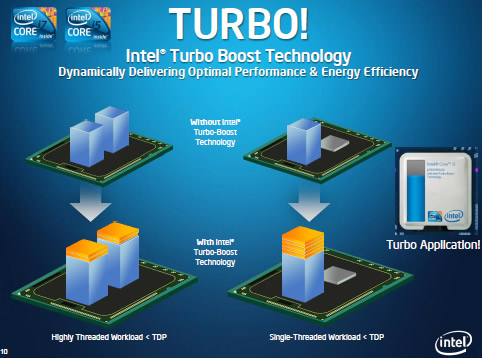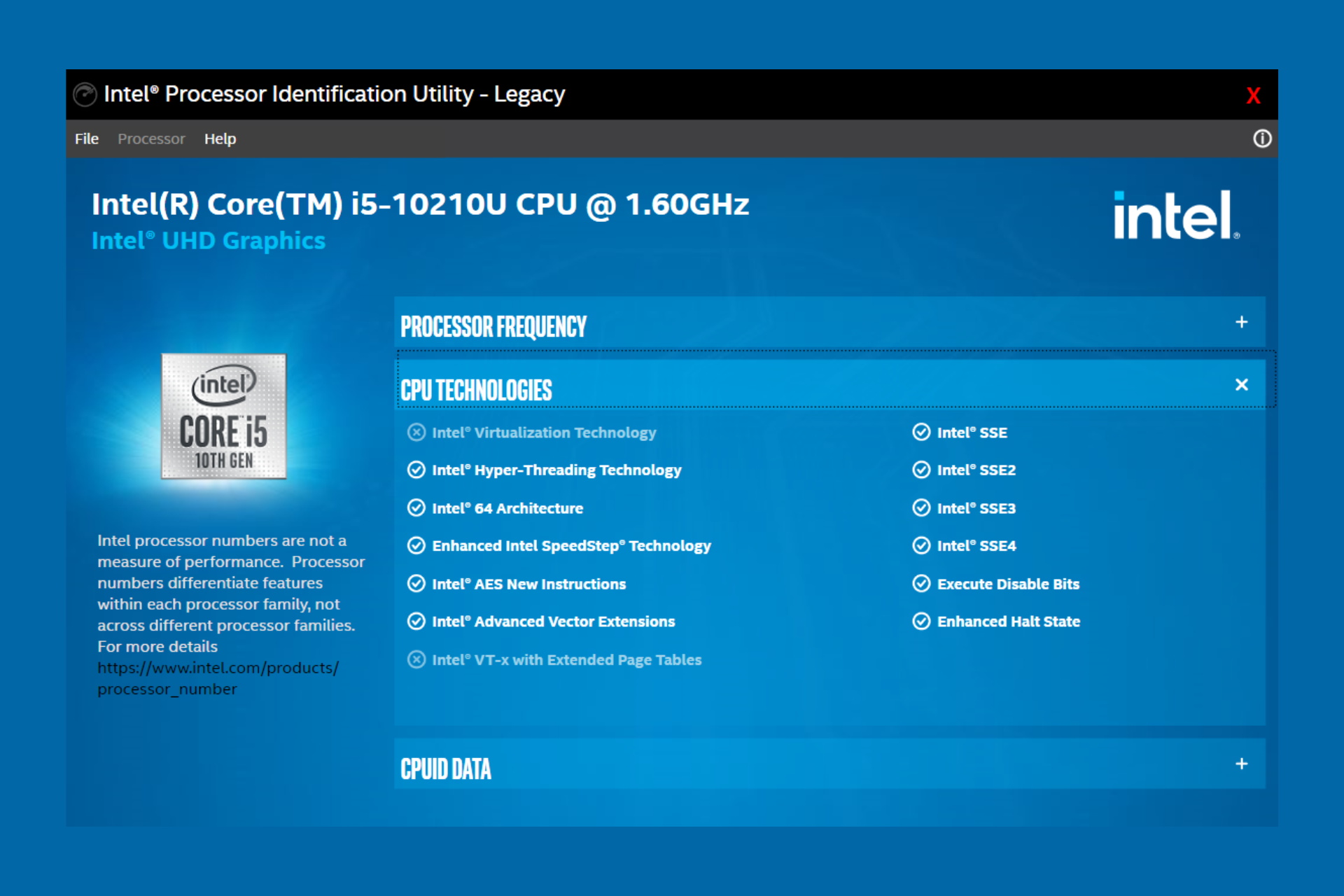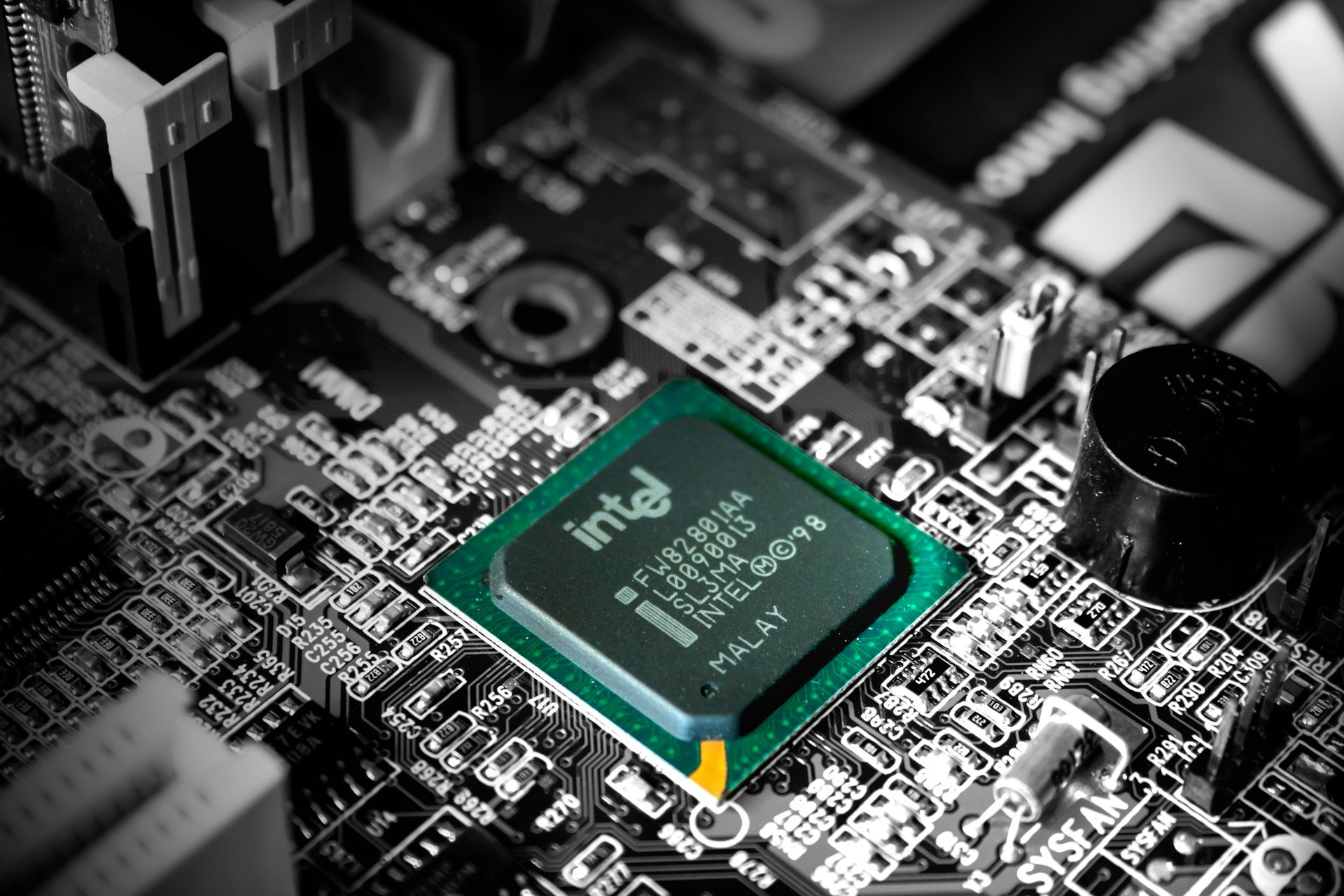Fix: CPU doesn't reach Turbo Speed
3 min. read
Updated on
Read our disclosure page to find out how can you help Windows Report sustain the editorial team Read more

One good way to see if your PC is up to speed is by performing a stress test. This will basically overload your system components so that you can monitor and see what are the limits, while still being in a safe zone.
This is somewhat similar to overclocking, only that you never actually go beyond the component’s maximum designed capabilities.
As far as processors go, they usually have a normal running speed and a Turbo Speed that is usually a bit higher but still low enough to be used longer periods of time without any danger.
However, some users reported that their PCs are incapable of reaching Turbo Speed, or at least that is what their monitoring software is telling them:
Hi guys, just installed my new i5 7400. I just did a stress test, temperatures never goes past 61, everything else looks ok. In the bios it says turbo targeted speed is 3500, but my cpu never goes past 3.3?Do you guys have any idea why this is happening?
The explanation is pretty simple, and since it is something many of you will run into anyway, we’ve created this guide to show you exactly what needs to be done.
How do I make my CPU reach Turbo Speed?
One of the reasons you do a stress test is to see what your PC is capable of. If you see that your CPU is not reaching the Turbo Speed that it boasts having, try performing a stress test on each individual core at a time.
Note: the Turbo Speed values are usually for each individual core, and not the collective power of the CPU. In fact, stress testing will often result in lower values than the Turbo Speed or even the normal speed.
Need a good stress-test program? Check out this article for our top picks.
That being the case, simply use whatever stress test or overclocking software you have and set it to test each individual core at a time.
The reasoning behind this is because individual cores are actually the ones that need to be faster, because of the single-threaded devices that use them.
Multi-threaded devices can run using multiple slower cores without much difference. However, single-threaded devices need powerful singular cores to be fast and responsive.
Conclusion
Whenever you buy a computer, no matter how cheap it may be, it is still a serious investment. That being the case, if you do go for a mid-range or high-end PC, you should at least know you are getting your money’s worth.
So, if you see that the stress test reveals sub-par results, simply go for a single-core stress test and you will most likely see the expected results.









